Kunozan Toshogu Shrine in Shizuoka was built to enshrine Tokugawa Ieyasu, and is known as the birthplace of all the Toshogu Shrines nationwide. The “Kunozan Toshogu Museum” that is annexed to the shrine is home to Ieyasu's favorite items and the swords of the successive Shoguns, among other things. It's definitely worth seeing!
What is Kunozan Toshogu Shrine?
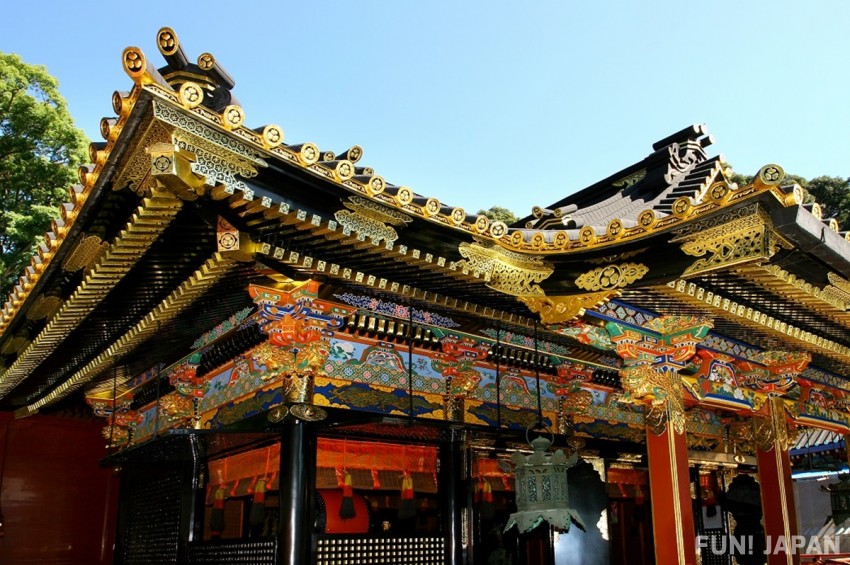
Tokugawa Ieyasu, the first shogun of the Edo Shogunate, died in 1616. After his death, his body was buried at Mt. Kuno and the shrine was built to enshrine Ieyasu as a deity. Nikko Toshogu Shrine also enshrines Ieyasu, but the current shrine in Nikko was built 19 years after Kunozan Toshogu Shrine, and in imitation of it.
The Kunozan Toshogu Museum houses a clock (designated as a nationally important cultural property) that was gifted to Tokugawa Ieyasu in 1611 by King Felipe III of Spain as thanks for rescue from a shipwreck. In addition, it is the only facility in the world that has suits of armor from all the shoguns of the Edo Shogunate, from the first shogun, Ieyasu, to the 15th, Keiki. Among the swords, Ieyasu's favorite sword “Sohayano Tsuruki Utsusunari” (an important cultural property) and the national treasure “Meishin Tsune” are particularly popular.
Kunozan Toshogu Shrine's Main Shrine
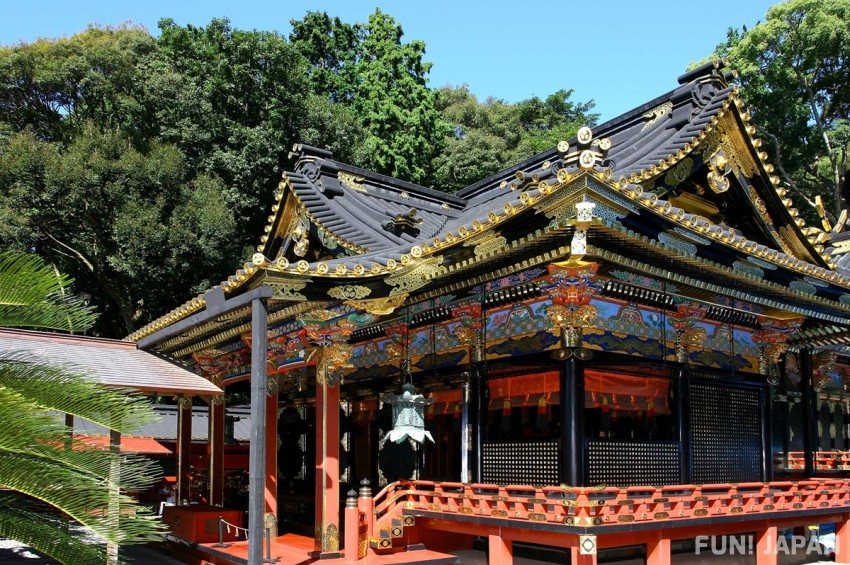
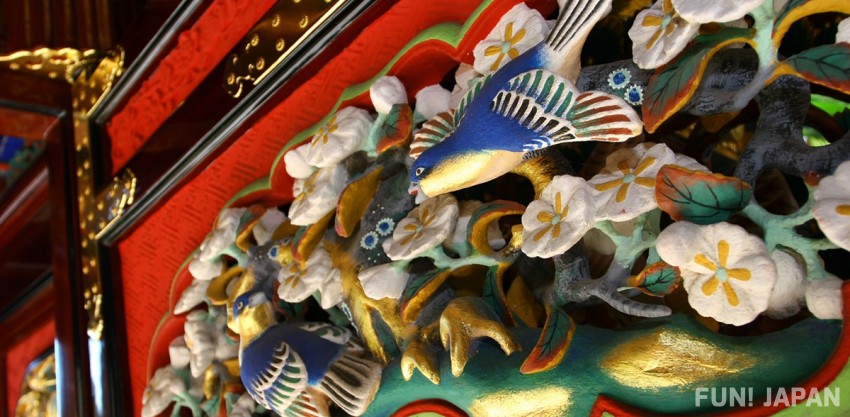
Within the precincts, there are many highlights, such as the “Kagura-den” sacred dance stage and “Koro” drum tower, which are important cultural properties of the country, the “Kanko”, where treasures were stored, and the “Kara-mon” gate, with openwork of birds and lions! One of the places most worth seeing is the main shrine building, which is designated as a national treasure.
It is said that the low stone hallway that connects the main hall to the worship hall in an H-shape here was what led to the popularity of this shrine design, called "Gongen-zukuri", in the Edo Period. Pay attention to the fine carvings in the gorgeous building, which is completely covered in lacquer and rich colors. Amongst the designs around the shrine, you can find the "Sakasa-Aoi", or inverted flower, where some of the trefoil flower crests are upside down.
Kunozan Toshogu Shrine O-Mamori Amulets
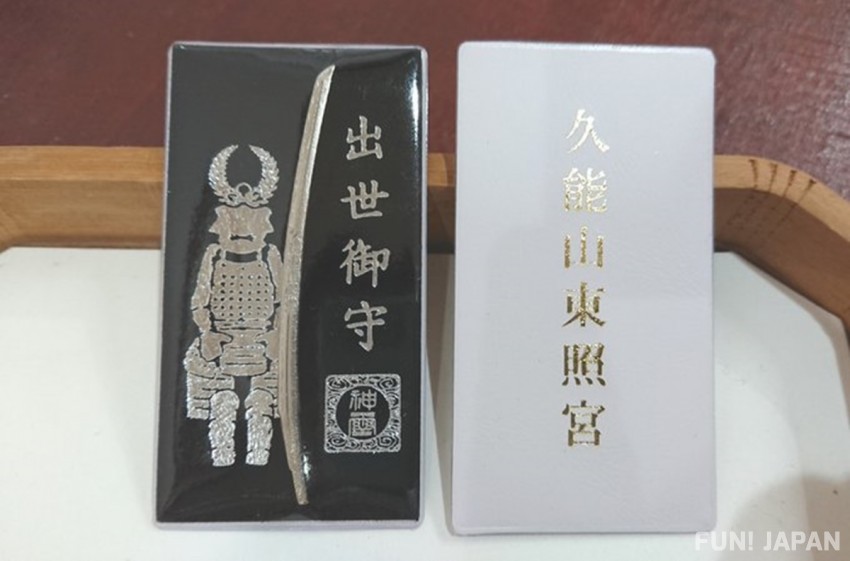
Among the amulets available at Kunozan Toshogu Shrine, I would like focus on the “Shussei O-mamori”, or "success in life amulet". The unique motif shows Ieyasu's beloved sword “Sohaya no Tsuruki” and the fern-decorated armor used in the battle of Sekigahara. We also recommend the "Kenko-Choju O-mamori", or “Health and Longevity Amulet”, because Ieyasu lived a very long life, especially for someone from the Edo Period!
Kunozan Toshogu Shrine's Famous Festival
The regular annual festival is held on April 17, the day when Tokugawa Ieyasu died. Offerings include “Sanbotate Shinsen”, which has about 50 items in it, such as red rice and seafood, and there is an “Offering to the Gods Ceremony” based on the fact that vegetables and sweets were donated in the Edo period. These events and others happen every year, even making the local news.
Access to Kunozan Toshogu Shrine
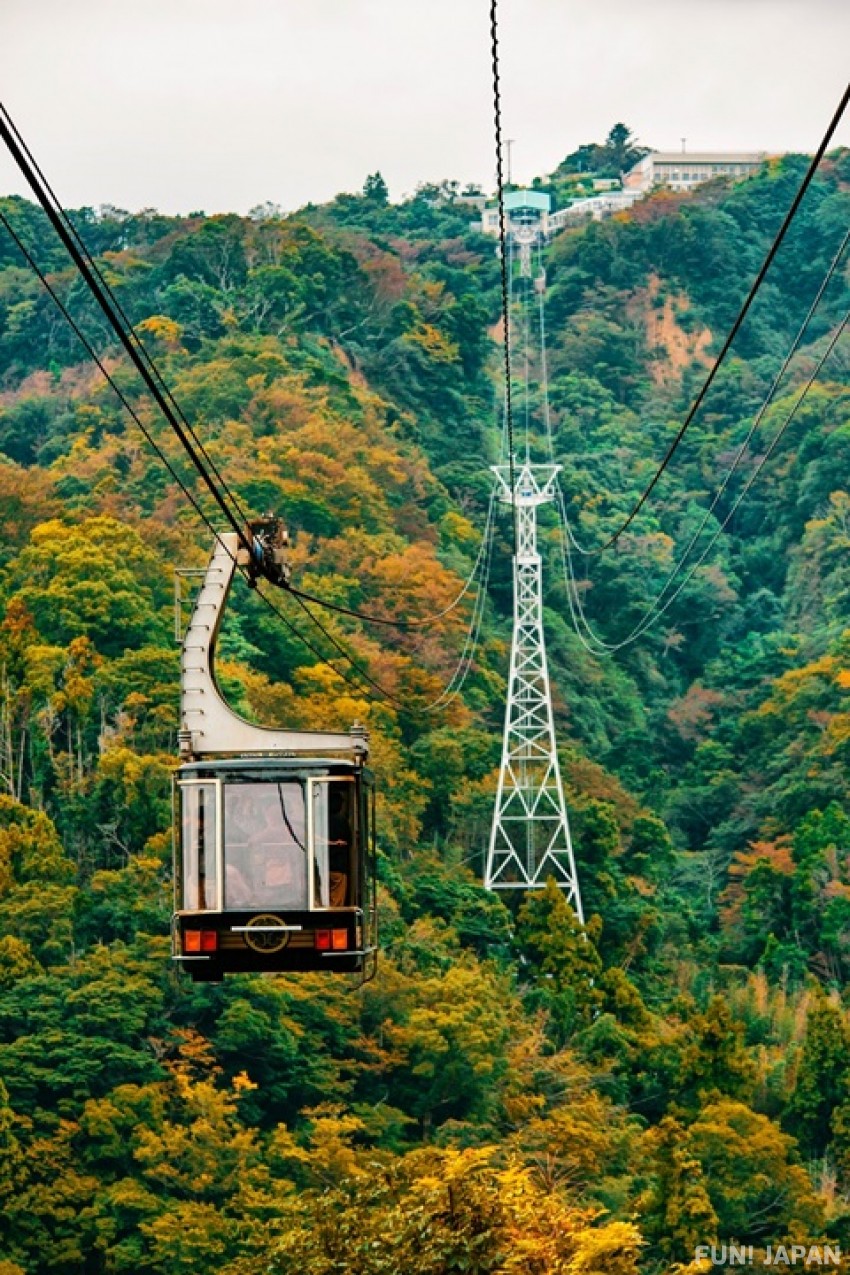
There is a route using the "Shizuoka Railway Nihon-daira Ropeway", or a walking route from the bottom of Mt. Kuno.
1)Shizuoka Railway Nihon-daira Ropeway Route
JR Shizuoka Station → About 50 minutes by bus (Shizutetsu Just Line) → Nihon-daira → About 5 minutes by ropeway → Kunozan (Mt. Kuno)
2)Walking Route From Foot of Mt. Kuno
JR Shizuoka Station → About 50 minutes by bus (Shizutetsu Just Line) → Kunozan-shita → About 20 minutes on foot → Kunozan (Mt. Kuno)
About Shrine
・Constructed: 1617
・Enshrined Deity: Tokugawa Ieyasu
・Festivals: Spring Festival (February 17), Annual Festival (April 17), Autumn Festival (October 17), Anniversary Festival (December 26), etc.
Spot Information
- Spot name:Kunozan Toshogu Shrine
- Street Address:390 Negoya, Suruga-ku, Shizuoka City, Shizuoka Prefecture 422-8011
- Wi-Fi : Available only in front of the shrine office
- Language:English, Spanish, French, German, Korean, Simplified Chinese, Traditional Chinese, Italian and Thai pamphlets are available. In addition, “omotenashi-tag” is installed in the precincts, and foreign language guidance (English, Simplified Chinese, Traditional Chinese, French, Spanish, Thai, Korean, Vietnamese) can be viewed on your smartphone.
- Ticket:Main shrine only, 500 yen for adults, 200 yen for children. Shrine and museum, 800 yen for adults, 300 yen for children
- Hours: 9:00-17:00
- Holidays: Open year-round
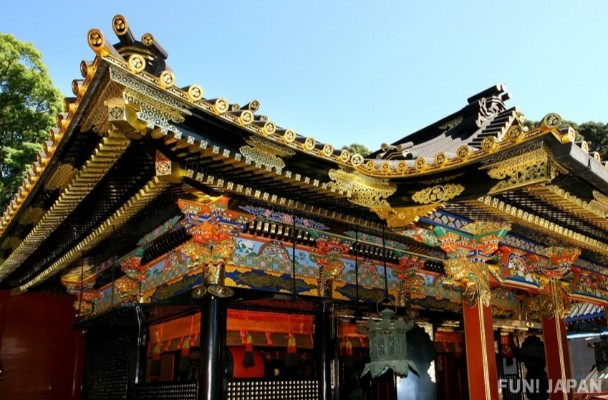
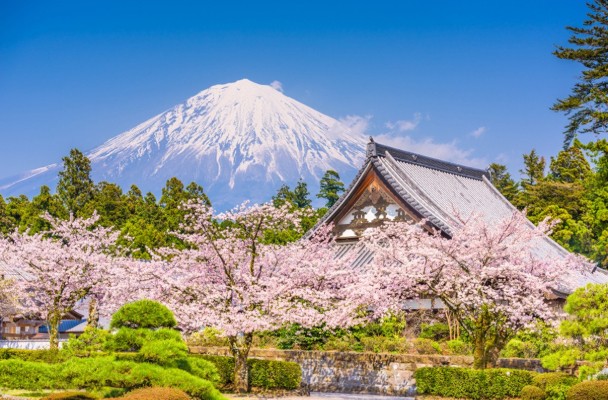
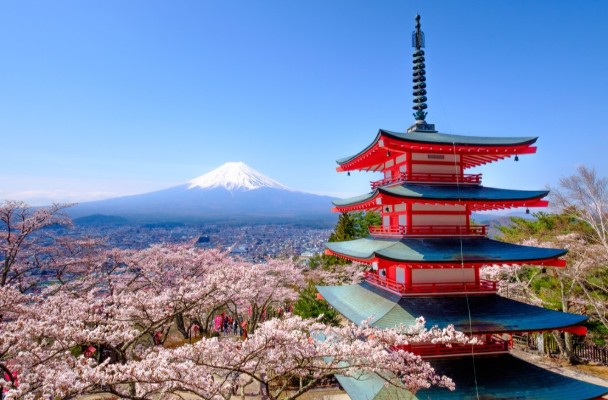
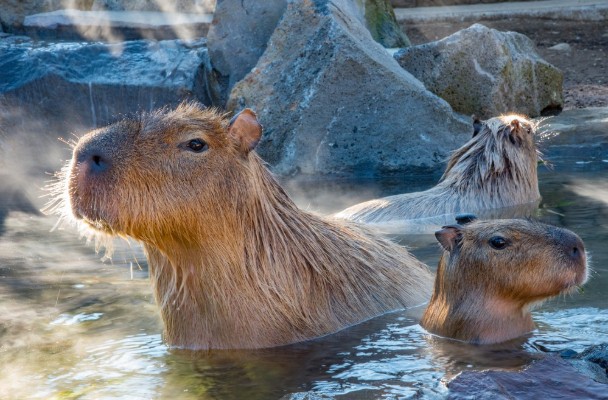
Comments